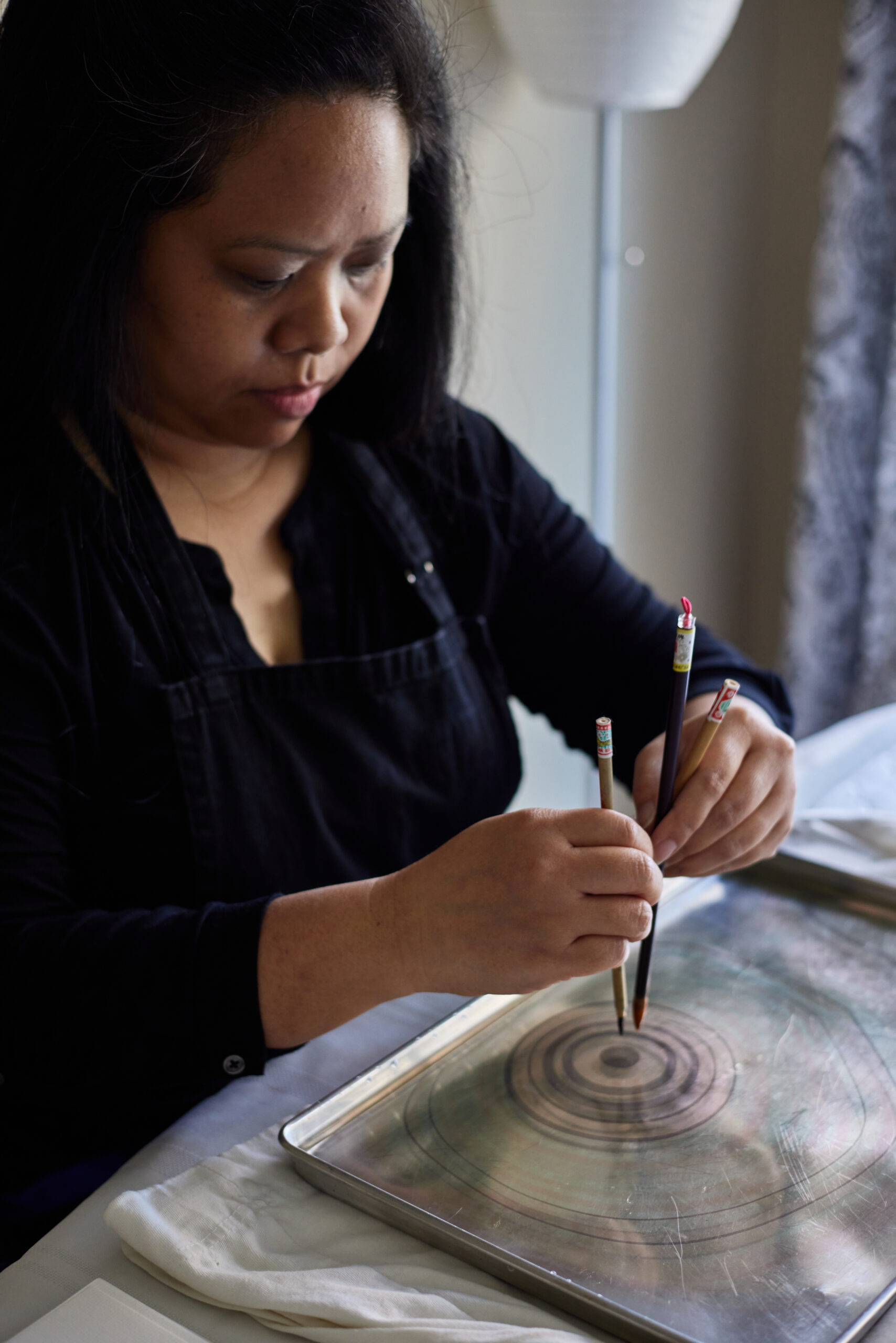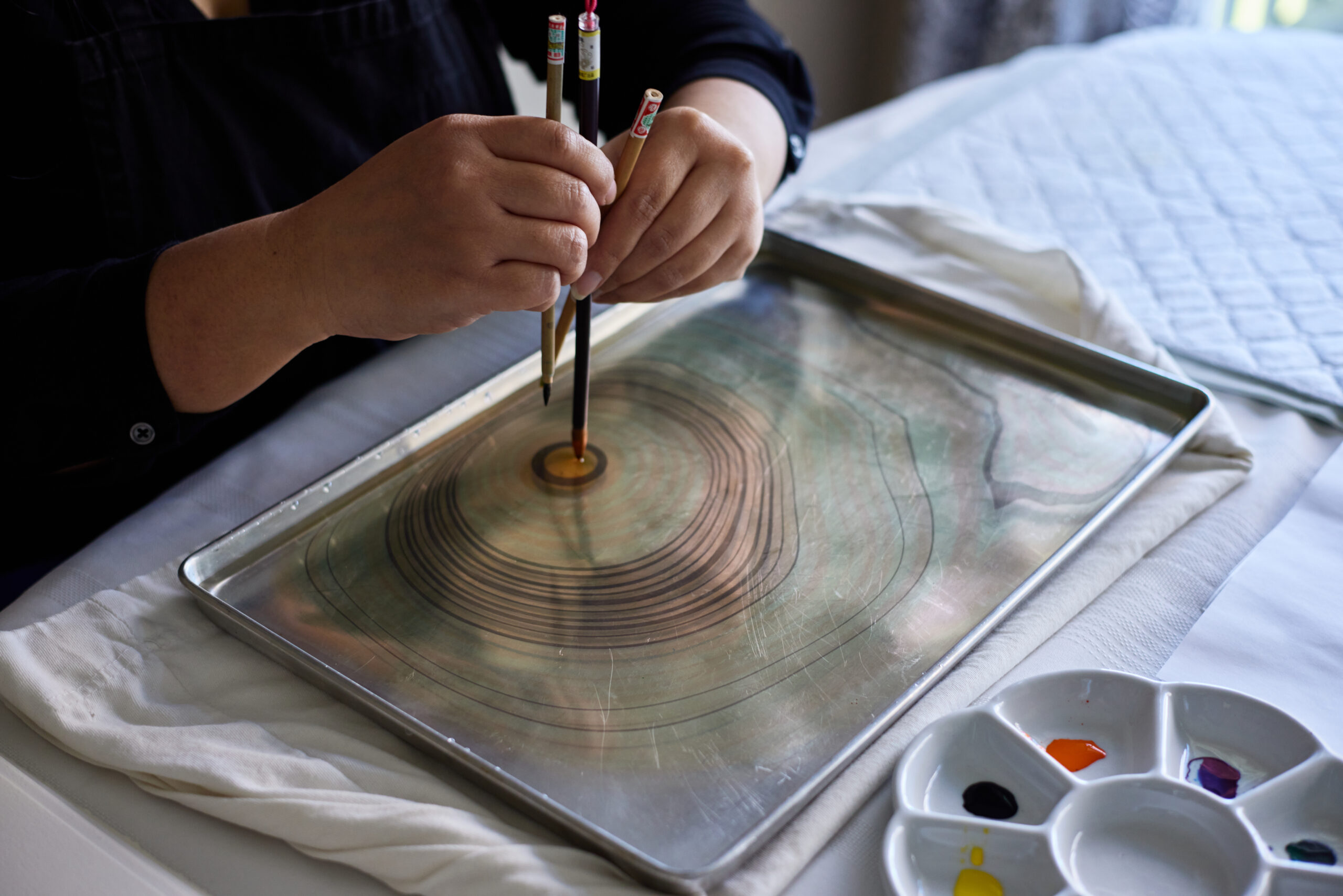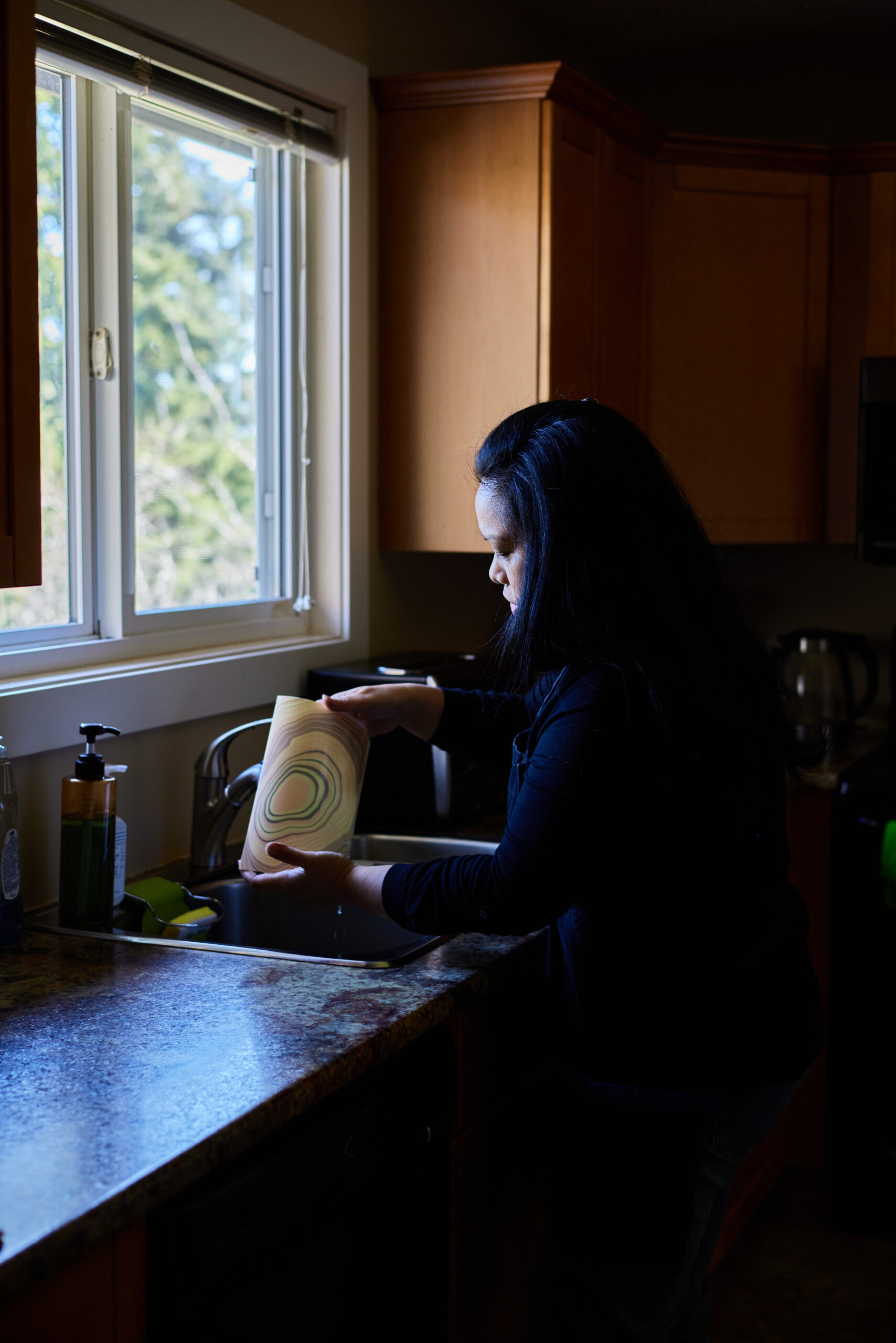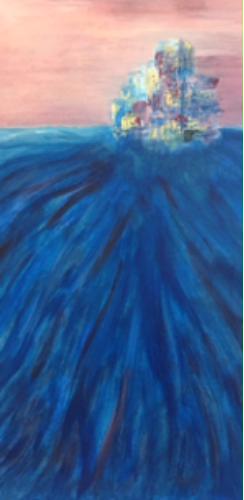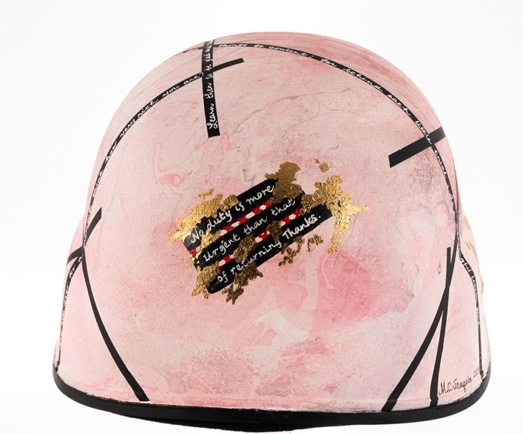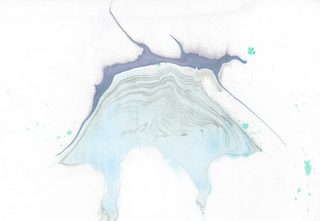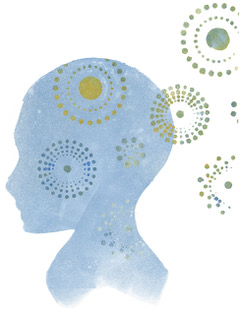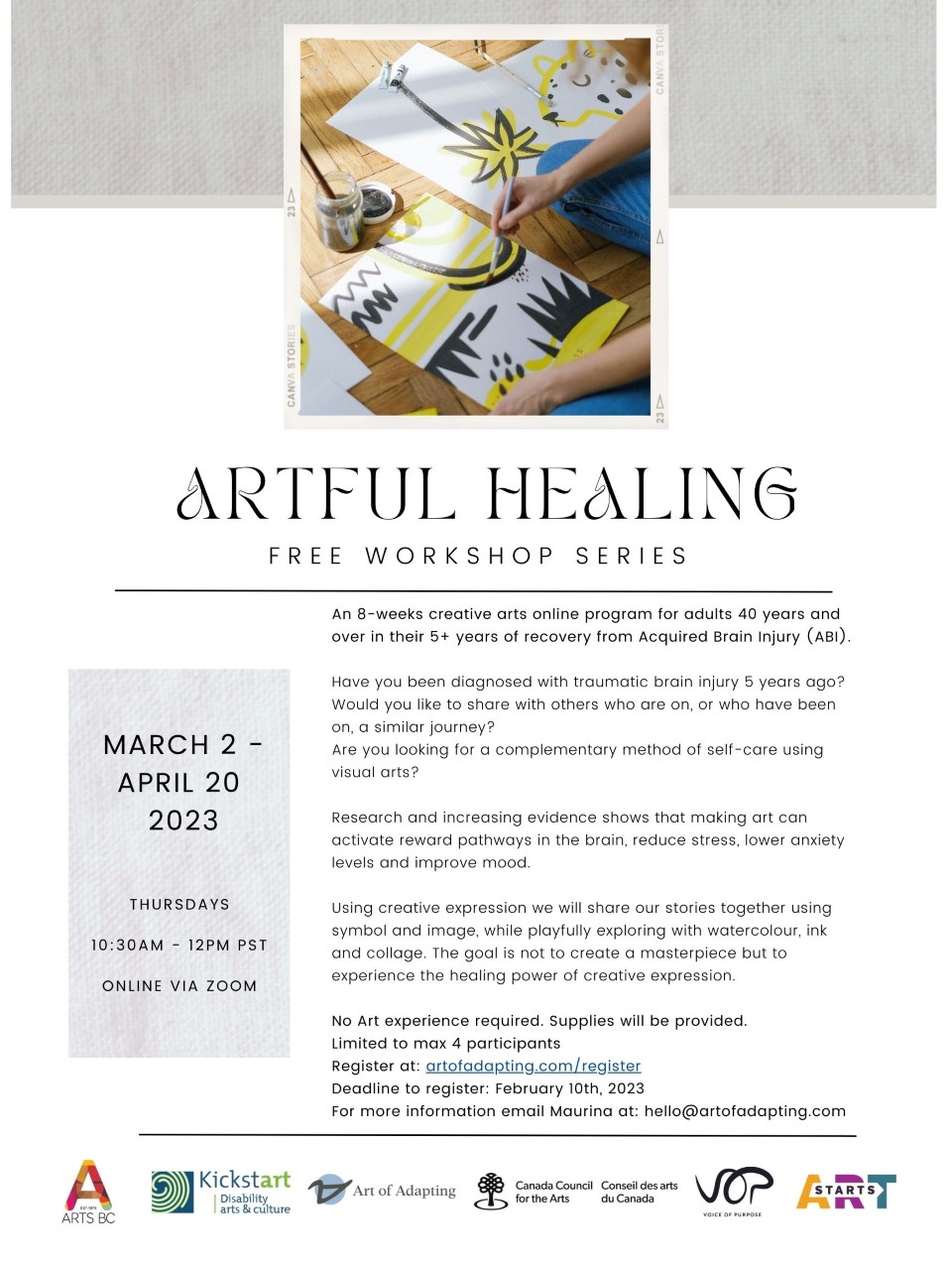
Artful Healing
March 2nd to April 20th, 2023
Online Via Zoom
10:30am - 12:00pm, Thursdays
An 8-weeks creative arts online program for adults 40 years and over in their 5+ years of recovery from Acquired Brain Injury (ABI).
Have you been diagnosed with traumatic brain injury 5 years ago? Would you like to share with others who are on, or who have been on a similar journey?
Are you looking for a complementary method of self-care using visual arts?
Research and increasing evidence shows that making art can activate reward pathways in the brain, reduce stress, lower anxiety levels and improve mood.
Using creative expression we will share our stories together using symbol and image, while playfully exploring with watercolour, ink and collage. The goal is not to create a masterpiece but to experience the healing power of creative expression.
No Art experience required. Supplies will be provided.
Limited to max 4 participants
Register Here
Deadline to register: February 10th, 2023
For more information email Maurina at: [email protected]
Have you been diagnosed with traumatic brain injury 5 years ago? Would you like to share with others who are on, or who have been on a similar journey?
Are you looking for a complementary method of self-care using visual arts?
Research and increasing evidence shows that making art can activate reward pathways in the brain, reduce stress, lower anxiety levels and improve mood.
Using creative expression we will share our stories together using symbol and image, while playfully exploring with watercolour, ink and collage. The goal is not to create a masterpiece but to experience the healing power of creative expression.
No Art experience required. Supplies will be provided.
Limited to max 4 participants
Register Here
Deadline to register: February 10th, 2023
For more information email Maurina at: [email protected]
Art of Adapting respectfully acknowledges the traditional territory of the T’Sou-ke First Nations, upon whose land we practise the healing process of art making.
© Art of Adapting 2025. All Rights Reserved.


